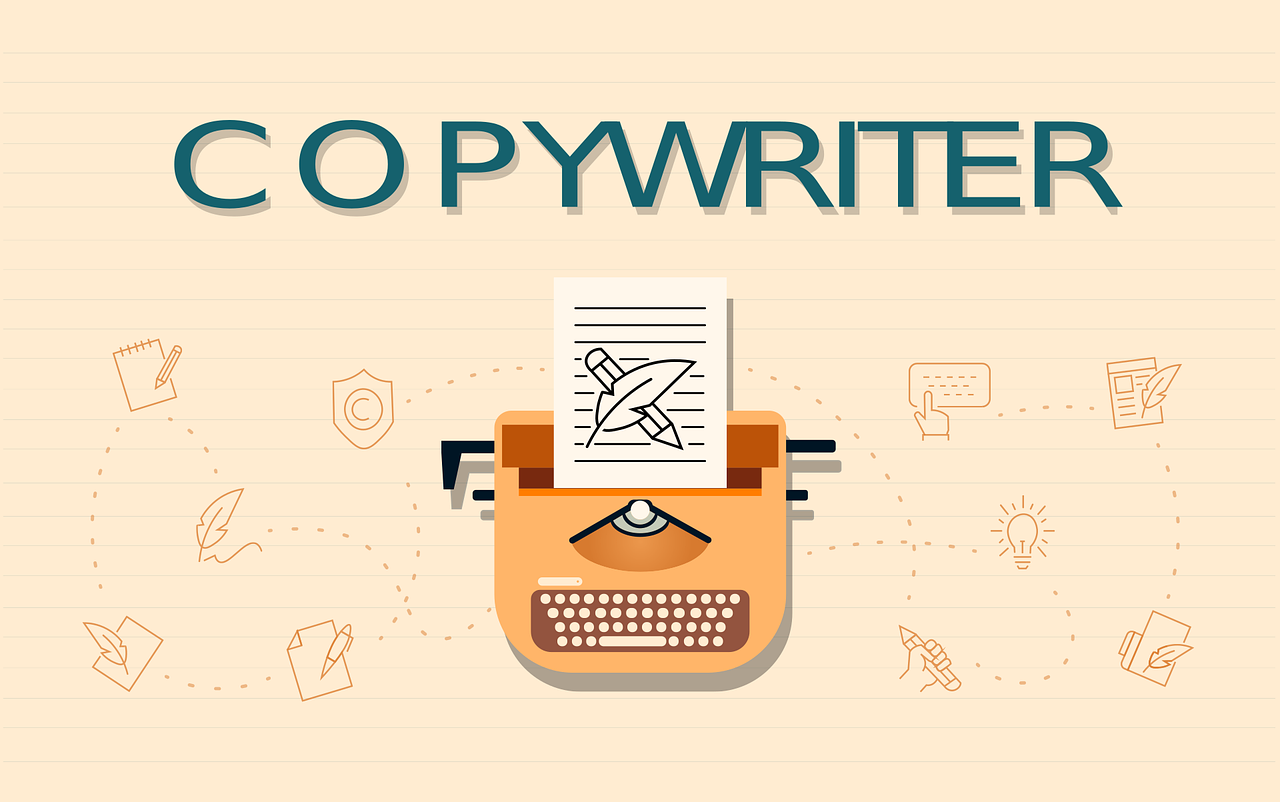Copywriting is an essential skill in marketing that has the potential to sell products, build brands, and engage customers. For beginners, getting started can seem overwhelming. In this blog post, we provide a comprehensive guide to help you understand the basics of copywriting and get you started on the right foot.
What is Copywriting?
Copywriting is the art of writing text with the aim of triggering a specific action – whether it’s purchasing a product, subscribing to a newsletter, or sharing a post. Unlike creative writing, which often serves to entertain, copywriting aims to persuade and prompt the reader to take action.
The Basics of Copywriting
- Understand Your Audience Before you start writing, you need to know your target audience well. Who are they? What are their needs and desires? What language do they speak? This information is crucial for crafting text that resonates with and persuades your audience.
- Clear and Concise Language Copywriting should be clear and concise. Avoid complex sentences and jargon that might confuse your readers. Your goal is to convey a clear message that is easily understood.
- Strong Headlines The headline is the first thing your readers see and often determines whether they will read further. A strong headline grabs attention and piques curiosity. Use powerful words and promise a benefit to capture attention.
- Compelling Main Text In the main text, you need to maintain the reader’s interest and persuade them. Use the AIDA formula (Attention, Interest, Desire, Action):
- Attention: Grab the reader’s attention.
- Interest: Build interest in your offer.
- Desire: Create a desire for your product or service.
- Action: Prompt the reader to take a specific action (e.g., purchase, sign up).
- Appeal to Emotions People often make decisions based on emotions. Use emotional triggers to connect with your readers. Tell stories that support your message and appeal to the readers’ emotions.
- Benefits Over Features Focus on the benefits of your product or service, not just the features. Readers want to know how your offer can improve their lives. Show them the value and benefits they can expect.
- Call to Action (CTA) Every good copywriting piece ends with a strong call to action. Clearly and compellingly ask your readers to take the desired action. A CTA should be specific and motivating.
Practical Tips for Beginners
- Read and Analyze Read successful advertising texts and analyze why they work. Pay attention to the structure, language, and techniques used. Learn from the best.
- Practice, Practice, Practice As with any skill, practice makes perfect. Write regularly and experiment with different styles and techniques. Seek feedback and continually improve your skills.
- SEO Basics When writing for the web, you should know the basics of search engine optimization (SEO). Use relevant keywords and write texts that appeal to both readers and search engines.
- Courses and Books There are many courses and books available on copywriting. Invest in your education and use these resources to expand your skills.
Conclusion
Copywriting is a powerful skill that can be mastered through practice and a good understanding of the target audience. By writing clear, persuasive, and emotional texts, you can prompt your readers to take the desired action. Use the tips above to improve your copywriting skills and successfully dive into the world of marketing.

